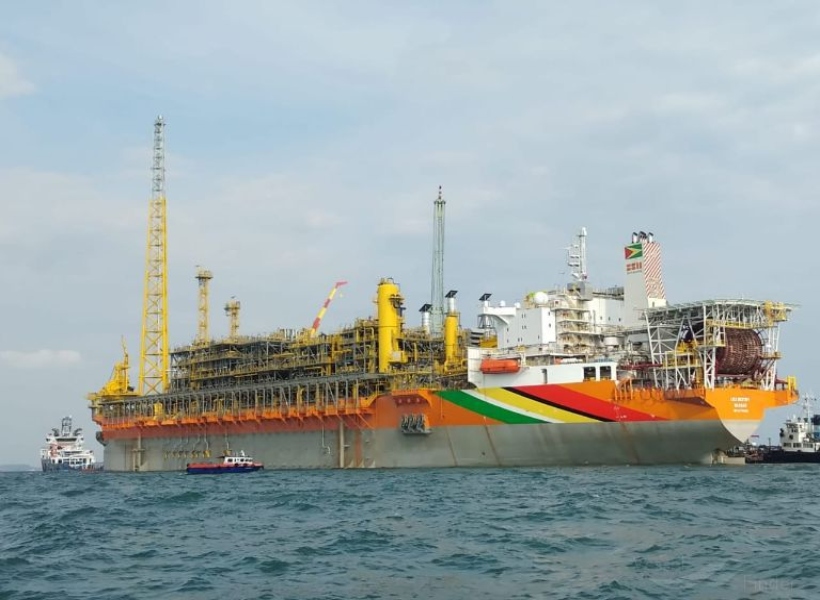For two consecutive years, Guyana has held the number one spot for the nation with the highest Gross Domestic Product (GDP). This is according to statistics from the Economic Commission for Latin America and the Caribbean (ECLAC). The organization notes that Guyana recorded a 43.5 GDP rate in 2020 and 18.5 in 2021. This growth occurred despite the massive floods and the COVID-19 pandemic that suppressed economic growth in various traditional industries.
Guyana, based on the Commission’s statistics, therefore beat all the nations in the Latin American region which include Argentina, Bolivia, Brazil, Chile, Colombia, Costa Rica, Cuba, the Dominican Republic, Ecuador, El Salvador, Guatemala, Honduras, Mexico, Nicaragua, Panama, Paraguay, Peru, Puerto Rico, Uruguay, and Venezuela. They all recorded a GDP of less than 13 percent for 2021. They all, unfortunately, recorded negative growth for 2020.

The same performance was seen in the Caribbean Region too.
As for Guyana’s growth for 2022, this is forecast to jump to 46% on account of the Liza Phase Two project which comes on stream in the first quarter. The Liza Phase Two is projected to produce 220,000 barrels of oil per day, bringing Guyana’s production to more than 340,000 barrels by the second quarter. At this rate, Guyana would comfortably close 2022 with US$800M should it secure a total of 10 lifts at US$80 barrel Brent..
Overall, ECLAC said the Latin America and Caribbean region will see its pace of growth decelerate in 2022 to 2.1%, after reaching 6.2% on average last year. ECLAC said this slowdown takes place in a context of significant asymmetries between developed, emerging and developing countries with regard to the capacity to implement fiscal, social, monetary, and health and vaccination policies for a sustainable recovery from the crisis unleashed by the COVID-19 pandemic.
This was noted specifically in its Annual Report titled: Preliminary Overview of the Economies of Latin America and the Caribbean 2021, which was unveiled this week during a virtual press conference held from Mexico City by the United Nations organization’s Executive Secretary, Alicia Bárcena.
The document indicates that the region is facing a very complex 2022 marked by uncertainty regarding the pandemic’s ongoing evolution, a sharp deceleration in growth, continued low investment and productivity and a slow recovery in employment, the persistence of the social effects prompted by the crisis, reduced fiscal space, increased inflationary pressures and financial imbalances.
“The expected slowdown in the region in 2022, combined with the problems of low investment and productivity, poverty and inequality, calls for growth and employment creation to be central elements of public policymaking while at the same time addressing inflationary pressures,” Alicia Bárcena stated.
According to ECLAC, the 2.1% average growth foreseen for this year reflects great heterogeneity among countries and subregions: the Caribbean will grow 6.1% (excluding Guyana) and Central America will grow 4.5%, while South America will expand by 1.4%.
Meanwhile, in 2021, the Commission said the region experienced higher-than-expected growth, averaging 6.2% due to the low baseline established in 2020, to greater mobility and to a favorable external context.











